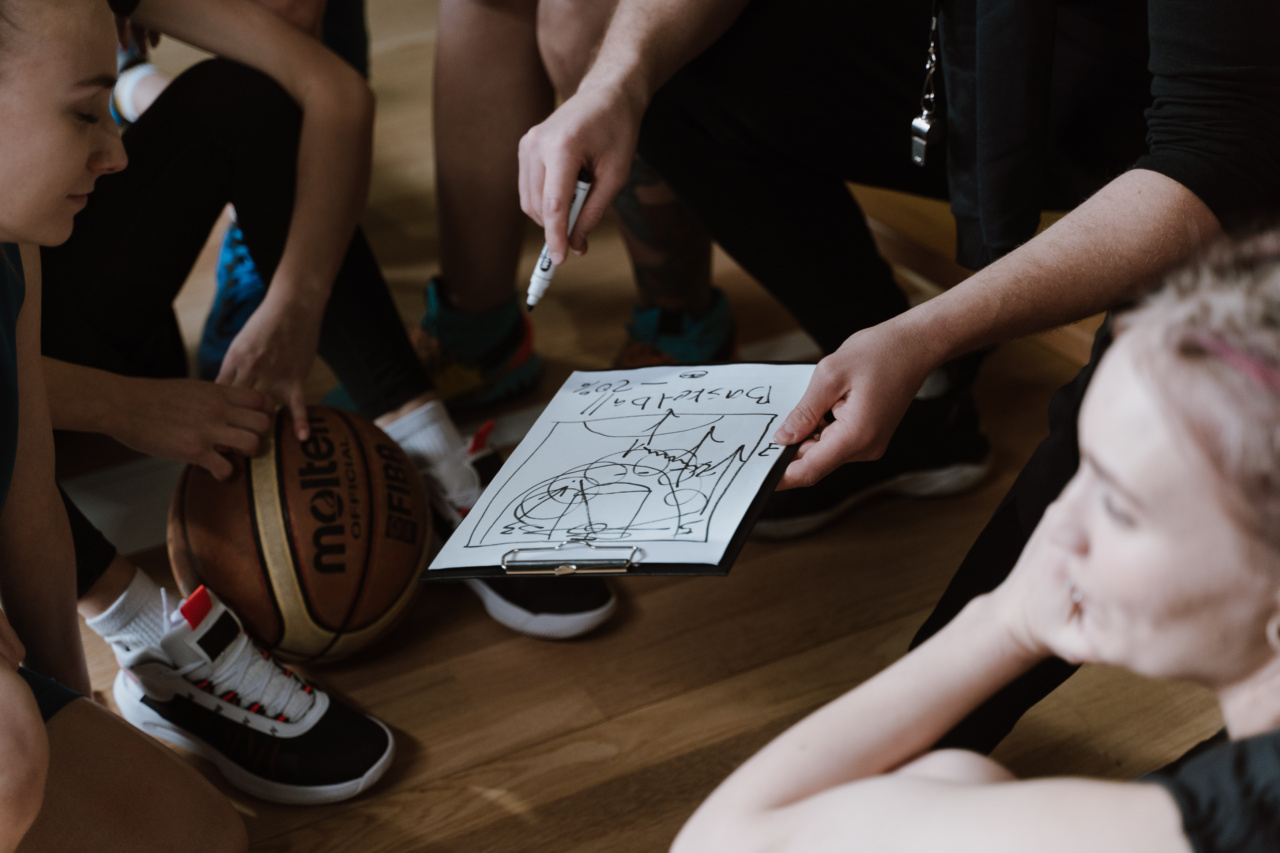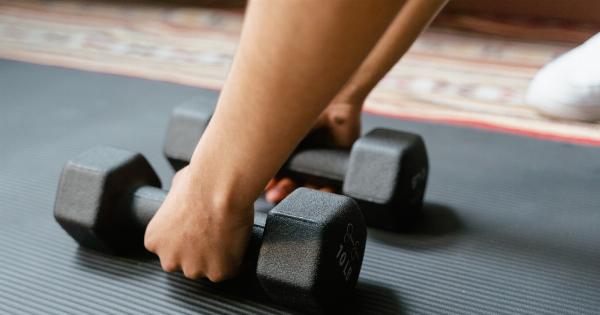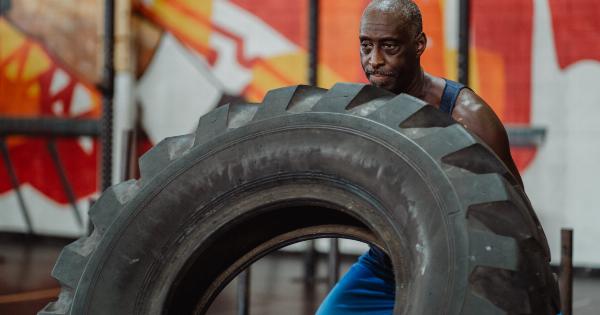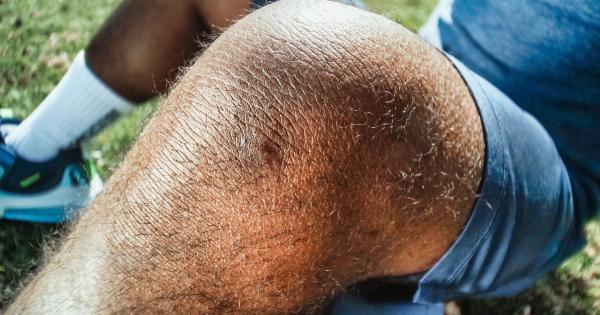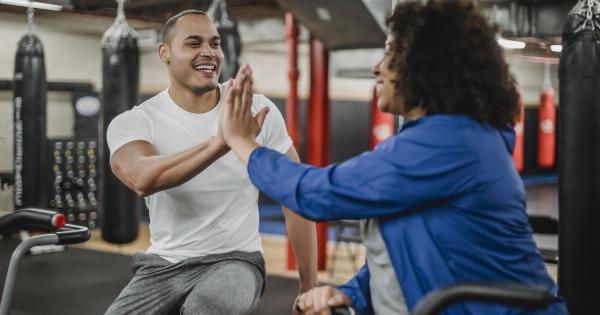Sports injuries are a common occurrence among athletes of all ages and skill levels. Whether you’re a professional athlete or someone who enjoys recreational activities, it’s essential to take steps to prevent injuries.
By following certain strategies, you can reduce the risk of getting injured while participating in sports. In this article, we will discuss three key strategies for preventing sports injuries.
1. Proper Warm-up and Stretching
One of the most important strategies for preventing sports injuries is to ensure that you properly warm up your body before engaging in any physical activity.
A warm-up routine helps increase blood flow to the muscles, making them more flexible and less prone to injury. Here are a few tips for an effective warm-up:.
1.1 Dynamic Movements
Dynamic movements involve active stretching that replicates the movements you’ll be doing during your sport. For example, if you’re a soccer player, you can do high knees, butt kickers, and leg swings.
These movements help improve your range of motion and prepare your muscles for the upcoming activity.
1.2 Static Stretching
After the dynamic warm-up, it’s beneficial to include some static stretching. Static stretching involves holding a stretch in a comfortable position for around 30 seconds. This helps lengthen and relax the muscles.
Focus on stretching the major muscle groups involved in your sport, such as the hamstrings, quadriceps, calves, and shoulders.
2. Cross-Training and Conditioning
Another key strategy for preventing sports injuries is to engage in cross-training and conditioning exercises. Cross-training involves participating in different types of physical activities to improve overall fitness and prevent overuse injuries.
Conditioning exercises, on the other hand, target specific muscles groups to enhance strength, endurance, and stability. Here are a few examples:.
2.1 Cardiovascular Exercises
Engaging in cardiovascular exercises like swimming, cycling, or running can improve your cardiovascular fitness, helping you withstand the demands of your sport.
These activities also provide a low-impact way to maintain endurance and burn calories without putting excessive stress on your joints.
2.2 Strength Training
Strength training is crucial for enhancing overall body strength and preventing sports injuries. Focus on exercises that target major muscle groups such as squats, lunges, deadlifts, shoulder presses, and core exercises like planks and Russian twists.
Always maintain proper form and gradually increase the weight or resistance as you become stronger.
2.3 Balance and Stability Training
Many sports require excellent balance and stability, which can significantly reduce the risk of injuries. Incorporate exercises like single-leg squats, lateral lunges, and stability ball exercises to improve your balance and stability.
These exercises help strengthen the muscles in your lower body and core, making you less prone to falls and twisting injuries.
3. Safety Gear and Protective Equipment
Using appropriate safety gear and protective equipment is essential in preventing sports injuries. The type of equipment required may vary based on the sport you participate in, but here are a few examples:.
3.1 Helmets
Helmets are crucial for activities like cycling, skateboarding, and contact sports like football or hockey. A properly fitted helmet can protect your head from severe injuries and minimize the risk of concussions.
Make sure to choose a helmet that meets safety standards and fits you correctly.
3.2 Protective Padding
For sports involving impact or contact, such as rugby or martial arts, wearing appropriate padding can reduce the risk of fractures and bruises. This includes knee pads, elbow pads, and shin guards.
The padding should fit snugly and not restrict your movements.
3.3 Supportive Footwear
Wearing appropriate footwear designed for your specific sport is essential. Different sports require different types of shoes to provide adequate support, cushioning, and grip.
For example, running shoes are designed to absorb shock and provide cushioning, while basketball shoes offer ankle support and traction.
Conclusion
Preventing sports injuries should be a priority for athletes of all levels.
By following these three key strategies—proper warm-up and stretching, cross-training and conditioning, and using safety gear and protective equipment—you can significantly reduce the risk of getting injured while participating in your favorite sports. Remember, it’s always better to spend some time preventing injuries than to face the consequences of being sidelined due to an avoidable injury.
